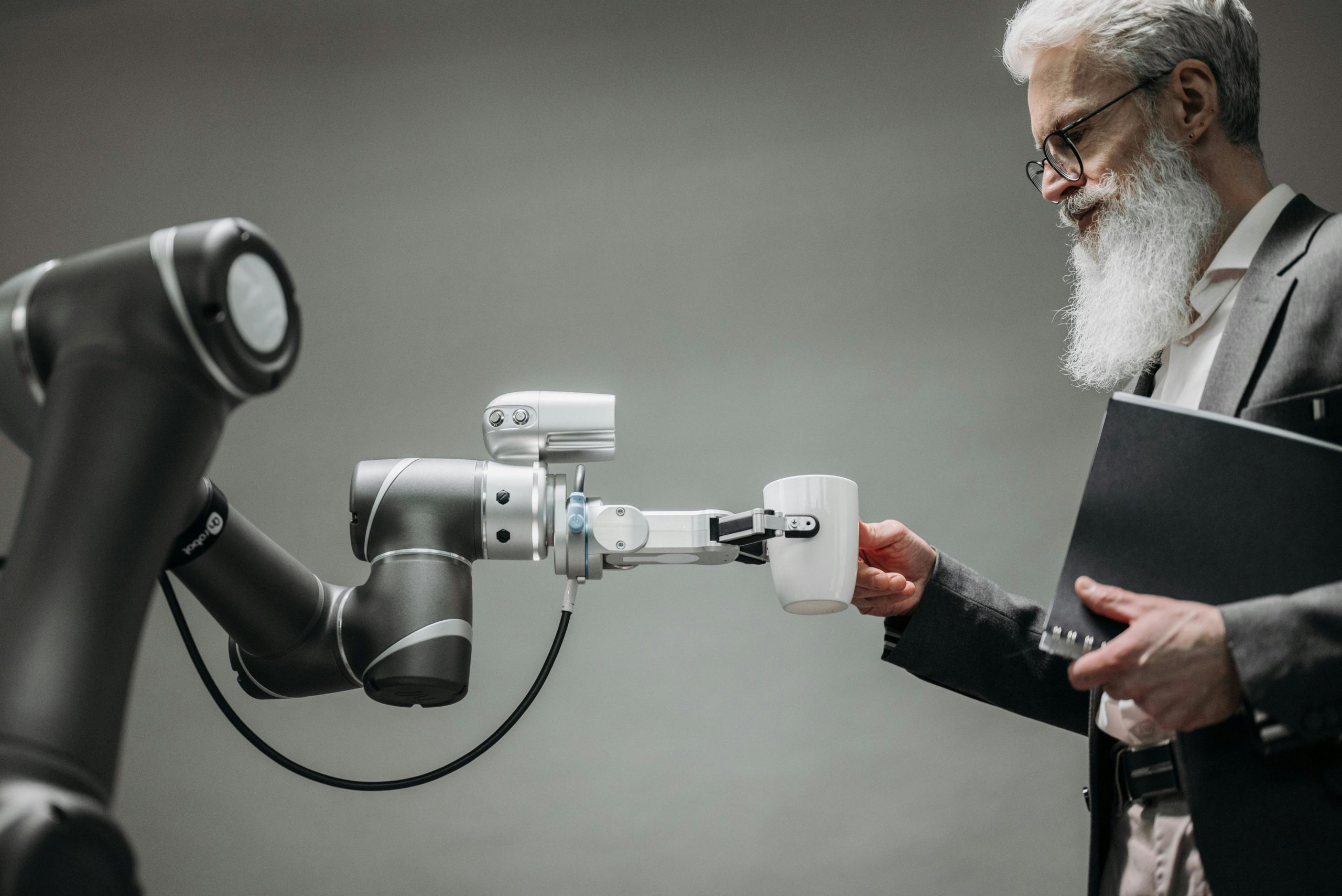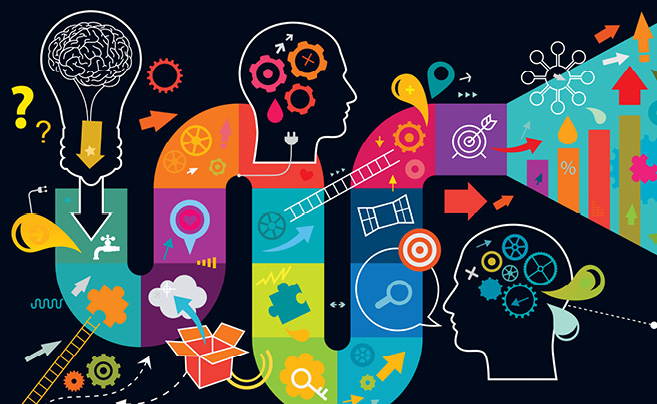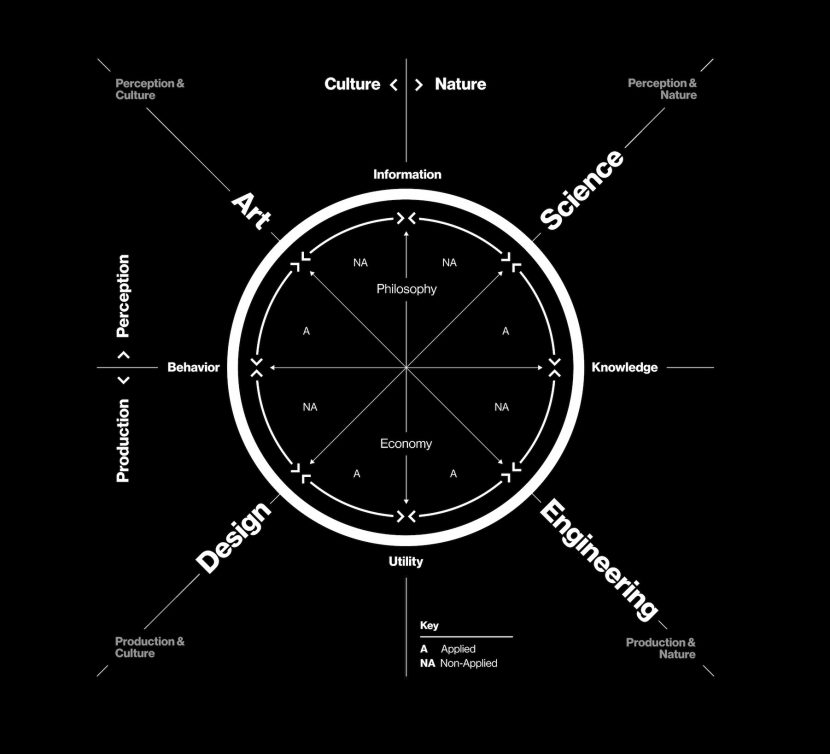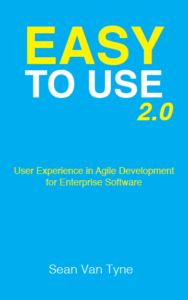Neuroscience-Informed Habit-Forming Artificial Intelligence Experience Design
Neuroscience-informed habit-forming artificial intelligence (AI) in experience design (XD) refers to leveraging principles from neuroscience to create AI-driven experiences that encourage and sustain desirable habits. Here’s how it can be approached: Understanding Neurological Mechanisms Neuroscience provides insights into how habits are formed and maintained in the brain. Concepts like neural pathways, reinforcement, and reward systems … Read more











